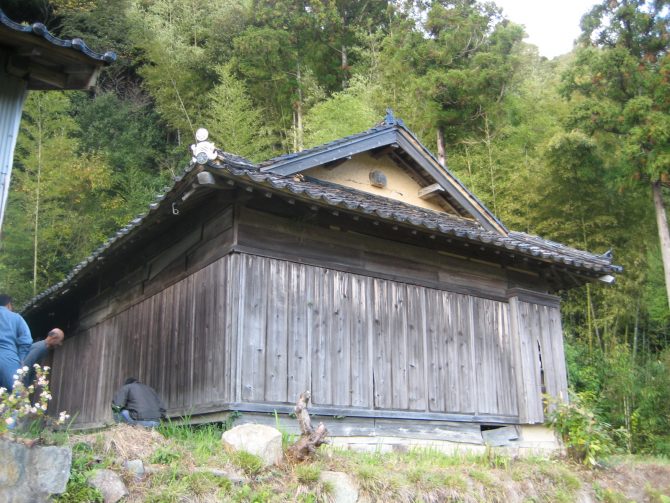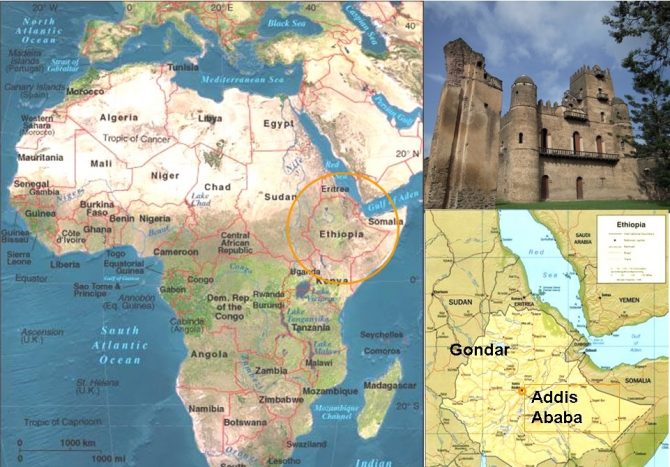background
In 2007, to coincide with the year 2000 on the Ethiopian calendar, the Embassy of Japan in Ethiopia asked me to design a building to serve as a bridge between Japan and Ethiopia.
It is located in the city of Gondar, the second largest city in Ethiopia, which flourished as the capital of the Gondar dynasty in the 17th and 18th centuries, and the palace in the center of the city, Fajr Gebi, is registered as a World Heritage Site.
>「Click here to visit the Ethiopia Millennium Pavilion 」page.

A Bridge between Japan and Ethiopia
We focused on the traditional dwellings of both countries.
The traditional Ethiopian round dwelling consists of simple masonry walls and a wooden roof structure with only wooden beams.

Old Houses in Shimane Prefecture
At the same time, we were conducting a survey on the reuse of old private houses in Shimane Prefecture. There were many old houses that were decaying due to the depopulation of the villages and the loss of their owners and users.
We wondered if we could find new value by relocating old houses that had been left vacant in Japan and discarded circular masonry dwellings in Ethiopia, and rebuilding them as the Japan Pavilion and the Ethiopia Pavilion, respectively. In a nutshell, the idea was to create a new value. In a word, “reorganization of value”.
About Old Japanese Houses
In Japan, the method of directly combining and joining timbers has been handed down for over 1000 years.
As a result, buildings can be maintained for many years without the use of hardware, and techniques for relocating buildings have also developed.
Old wood from old houses that have been built for nearly a hundred years has been dried naturally and is said to be stronger than new wood. In addition, the wood is made from huge, solid pieces of wood that are hard to find nowadays, making it valuable as a building material.
The beautiful processing of old houses and the traditional techniques used in them are too valuable to be simply disposed of.






